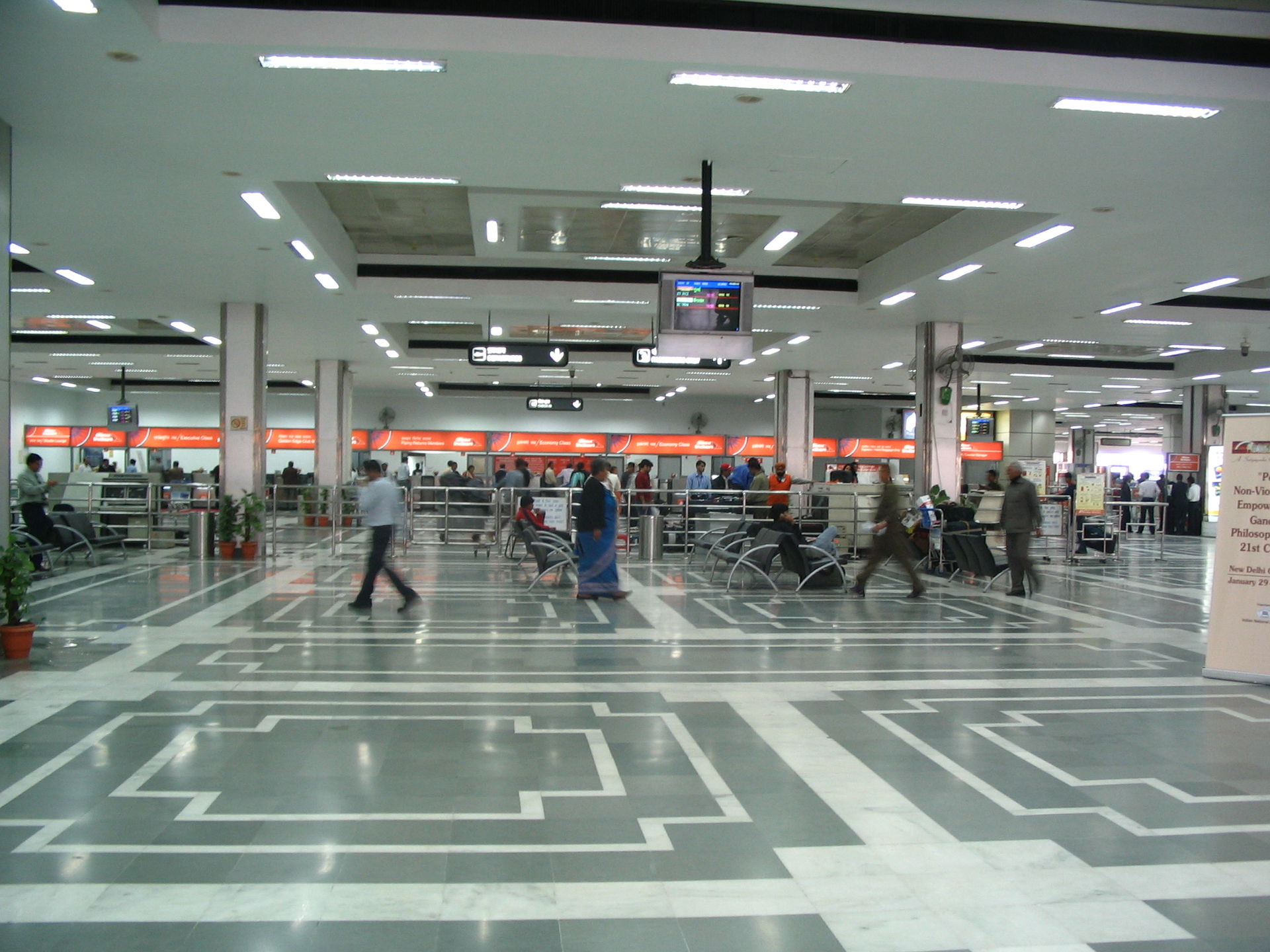The new middle-class boom in the coming decade
Amid the concerns of rising interest rates and what it may do in the near to medium term for Middle-class Squeeze consumers, new research from the Brookings Institute remind us of the positive economic force to be had with our Rise of the New Middle-class investing theme over the coming decade-plus. No wonder Apple CEO Tim Cook has been sharing upbeat thoughts about the coming demographic wave in India. He’s not alone, as other consumer product companies from Starbucks to Mondelez International and Proctor & Gamble are all focused on the sales and profits to be had from meeting this expected demand surge.
According to research from the Brookings Institution, more than half of the planet can now be considered “middle class” or “rich.” It is estimated that some 48 percent of the world’s population earns between $11 and $110 per day in PPP-adjusted dollars—a standard definition of the middle class using absolute (rather than relative) cut-offs—while another 2 percent earns more than $110 per day. According to projections and measures, the middle class will reach 4 billion people worldwide by the end of 2020 and 5.3 billion by 2030. This expansion has been driven by two phenomena: a steep decline in poverty around the world since the 1980s and rising household incomes in Asia.
There should be reasons to cheer this global “tipping” point. For the first time in recorded history, the majority of the world’s population will not consist of impoverished peasants or workers but of wage-earners who can afford to buy cellphones, washing machines and televisions, to go out to restaurants and theaters, and to take vacations with their families.
A growing middle class is supposed to be good for society. Their consumerism is supposed to boost global production of durable goods and make businesses more efficient and innovative in targeting these new customers. The global middle class is also committed to the education of their children. The middle class is more entrepreneurial than either the rich or the poor, and it demands more transparency from policymakers and tolerates less corruption. Because the middle class does not owe its wealth to privileges granted by the state, its members are more likely to support protections for property rights, as well as greater access and representation in decision-making.
Source: Fear and Loathing in the Global Middle Class – Lawfare


